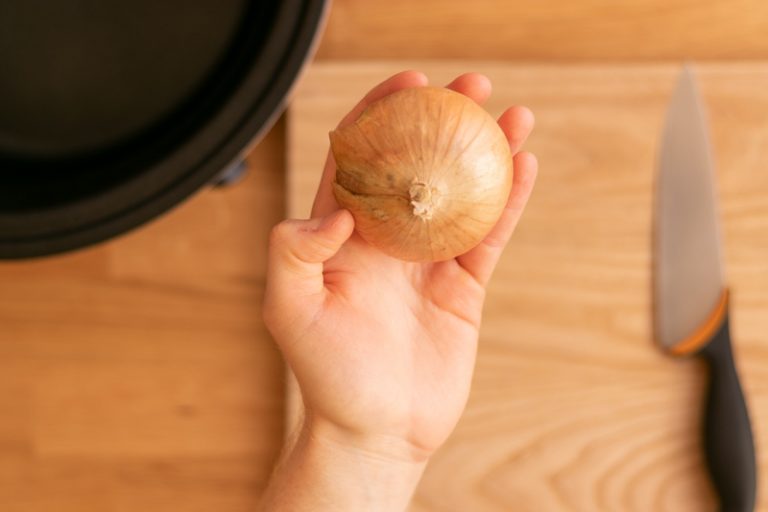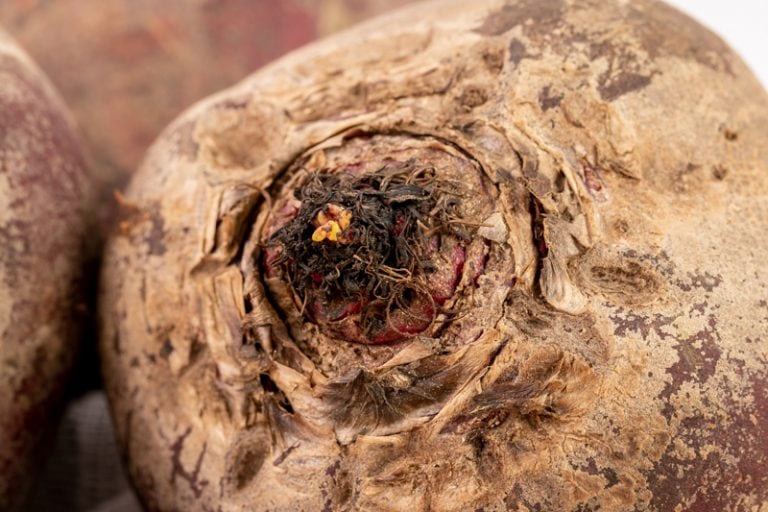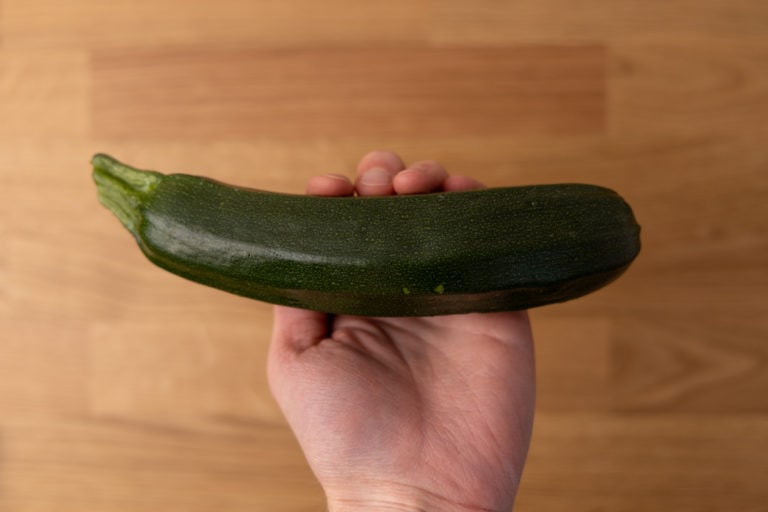Do Mushrooms Go Bad?
So you’ve bought a pack of mushrooms to add to your stir-fries. You add only a handful to each dish, so after a few days of purchasing the package you start to wonder: do mushrooms go bad?
Mushrooms come in a few forms. Fresh mushrooms add a rich flavor to stews and stir-fries, canned ones work great as appetizers, and dried ones are often used in soups. And if you don’t buy mushrooms that often, you might be unsure how to store them, or how long do they last. Especially because there are quite a few varieties available on the market.
So if you have any questions or doubts regarding storage, shelf life, or going bad of mushrooms, this article is for you. In it, we talk mainly about fresh mushrooms, but we also touch upon canned and dried ones. In other words, we’ve got you covered.
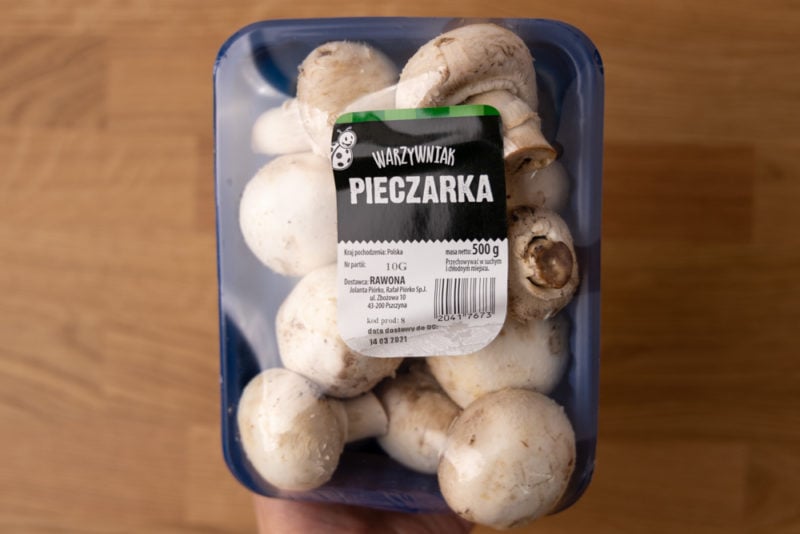
How to Store Mushrooms
Let’s start with fresh mushrooms. While there are many popular varieties, like white, portabella (or portobello), button, shiitake, enoki, or oyster, the storage guidelines and shelf life are pretty similar to all of them. Thank goodness, or else we’d be running around with a reference card.
Unless you’re buying them on the farmer’s market, fresh mushrooms are most often sold in the refrigerated section, and that’s how you should store them. The far corner of the fridge is the best option, as they keep best in really low temperatures.
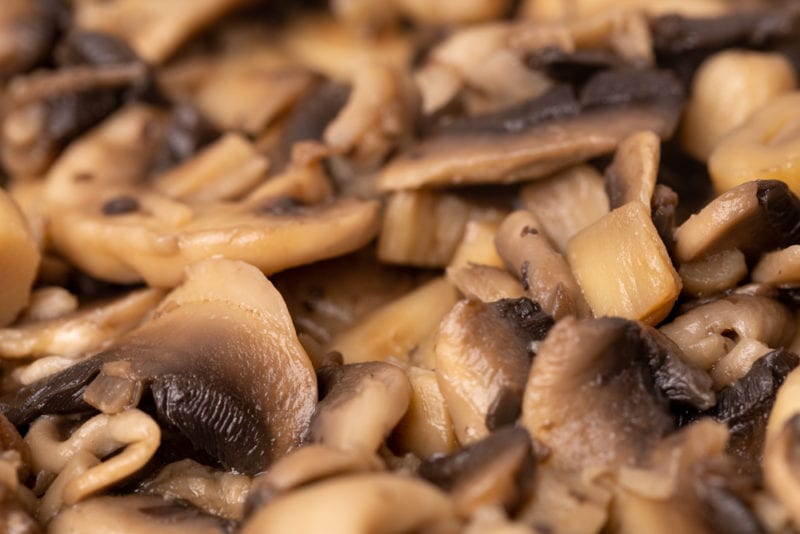
They usually come in a plastic punnet or a paper bag, and either is a good way of packaging mushrooms. Once you open the pack, cover it with a paper towel. That will keep the product from drying out, but at the same time prevent condensation that could happen if you transferred the mushrooms to an airtight container.
In other words, some air circulation is in order.
Next, try to store the product away from any strong flavors, as the paper towel won’t protect against those.
If you’ve cooked the mushrooms, they belong in an airtight container and in the fridge too.
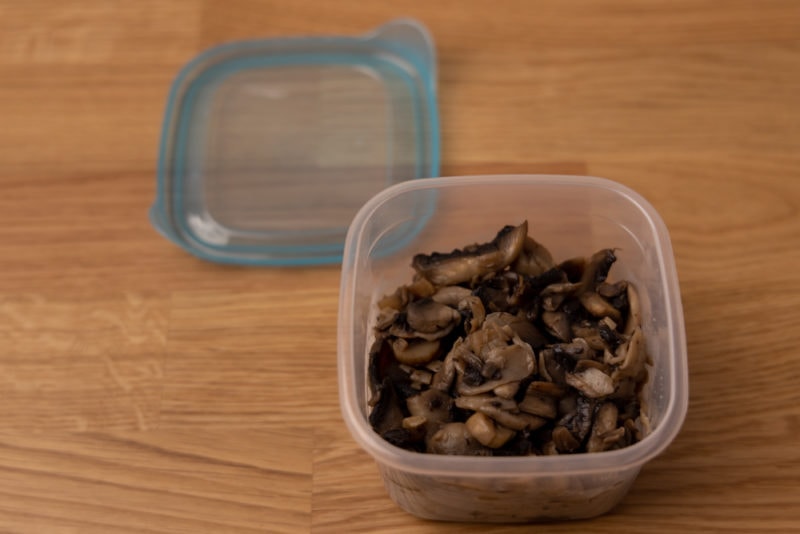
For canned mushrooms, you deal with them the same way you handle almost any other canned food, like canned jalapenos or tomato paste.
That means an unopened can or bottle can sit at room temperature, preferably in the pantry. Just keep it away from sunlight and sources of heat. Once you open the product, keep it in the fridge and make sure all mushrooms are submerged in brine. If the product comes in a tin, transfer the leftovers to an airtight container or jar.
Last but not least, dried mushrooms. Like any other dried product, e.g., chili powder, you can store them at room temperature or slightly below. Make sure the mushrooms sit away from sunlight and any moisture. After opening the package seal it tightly or transfer to an airtight container or freezer bag.
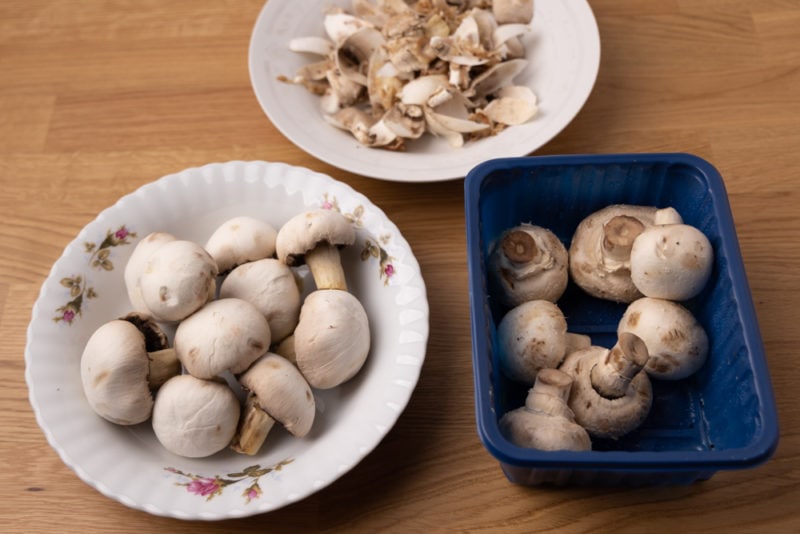
Can You Freeze Mushrooms?
Fresh mushrooms don’t have that long shelf life, so freezing to preserve them for longer definitely makes sense.
The easiest way to go about that is to clean them up properly, slice, and steam or sautee in butter for a few minutes, until they wilt. Once the mushrooms cool down a bit, transfer them to an airtight container or a freezer bag and into the freezer. This way they’re pretty much ready to go once you thaw them.
If you freeze a big batch, consider dividing it into a few meal-sized ones, for easier defrosting and usage.
As usual, the safest thawing method is overnight in the fridge.

How Long Do Mushrooms Last
Once again, let’s start with fresh mushrooms. They usually last between 4 to 7 days, sometimes up to 10 days. Once you cook them (e.g. saute with green beans), you can store them for another 3 to 5 days in the fridge.
If you already store fresh portabellas in the fridge for about a week and are nervous they’ll spoil, just cook them. That will give you a few more days.
When it comes to canned mushrooms, they always come with a best-by date on the label. And since the product is canned, it can easily last for a couple of months past that date without significant quality change. Once you open the tin or jar, finish the whole thing within 4 to 7 days.
Last but not least, dried mushrooms. They often come with a date on the label too, and that date is a great reference point. If there’s no date, assume they will retain quality for about a year. In short, dried mushrooms won’t spoil, but will degrade in quality over time.
| Pantry | Fridge | |
|---|---|---|
| Fresh mushrooms | 4 – 7 days | |
| Cooked mushrooms | 3 – 5 days | |
| Canned mushrooms (unopened) | Best-by + 3 months | |
| Canned mushrooms (opened) | 4 – 7 days | |
| Dried mushrooms | Best-by or 1 year |
Please note that all the periods above are estimates only.
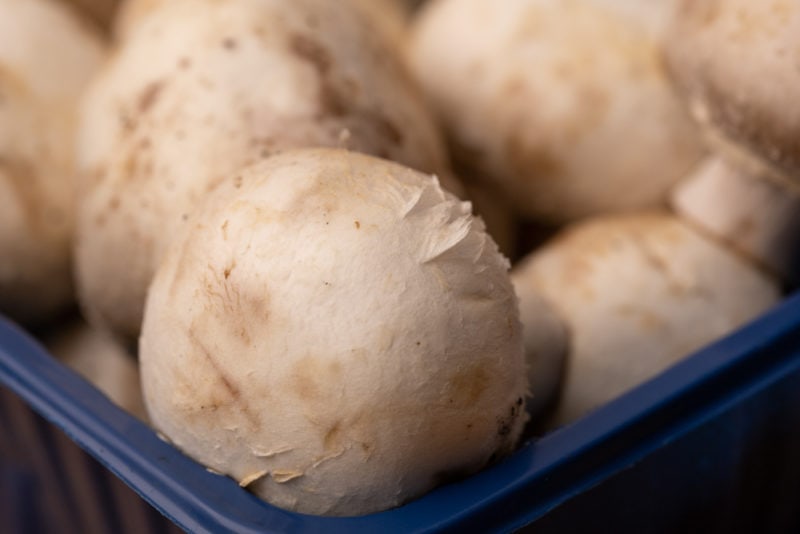
How to Tell If Mushrooms Are Bad?
For fresh mushrooms, it’s usually easy to tell if they’re spoiled or the quality is too bad to use.
First off, if there’s white fur growing on the mushrooms, throw them out. Same thing if they’ve developed an off or funky odor. When the once plump and smooth mushroom cap turns wrinkly and develops dark spots, it’s time for it to go too.
Any other significant appearance changes, like the presence of slime, are also good enough reasons to discard the product.
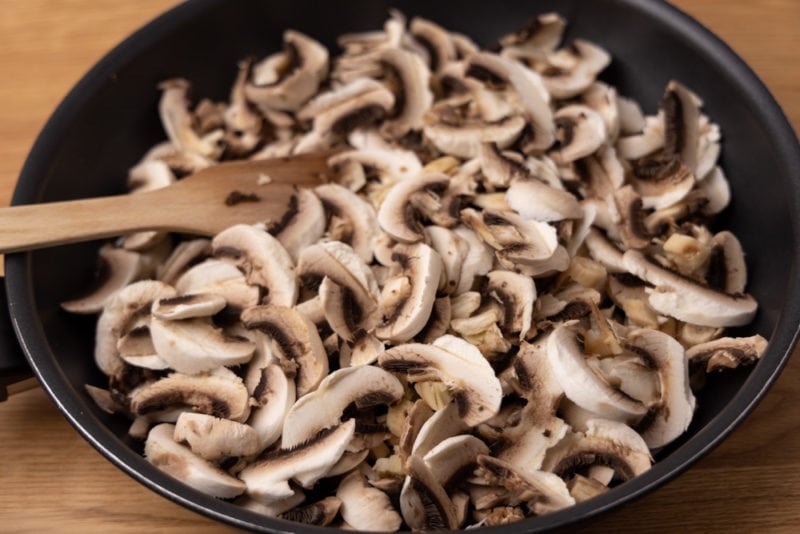
Last but not least, if you store the mushrooms for over 2 weeks in the fridge, it’s definitely time to let them go. Even if they look just fine.
When it comes to canned and bottled mushrooms, start off by inspecting the container. If it’s leaky, bulging, or heavily dented, throw it out. Same thing if the tin is rusting.
Once you open the container, use the guidelines above to determine if the mushrooms are okay to eat or not.

Rotten Records: Share Your Snap!
Caught some food past its prime? Upload your photo to “Rotten Records” and help others spot the signs of spoilage. Every image makes our food community safer and more informed!
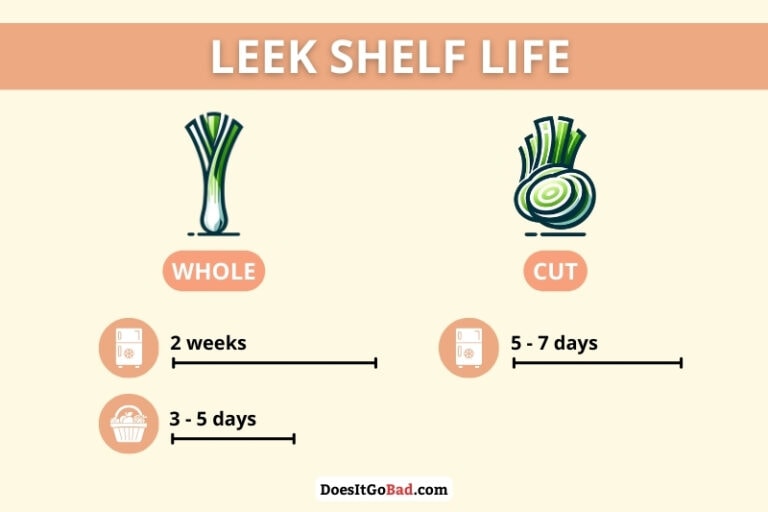
![How Long Does Celery Last? [Raw, Cut, Cooked]](https://www.doesitgobad.com/wp-content/uploads/Celery-head-in-hand-768x512.jpg)
